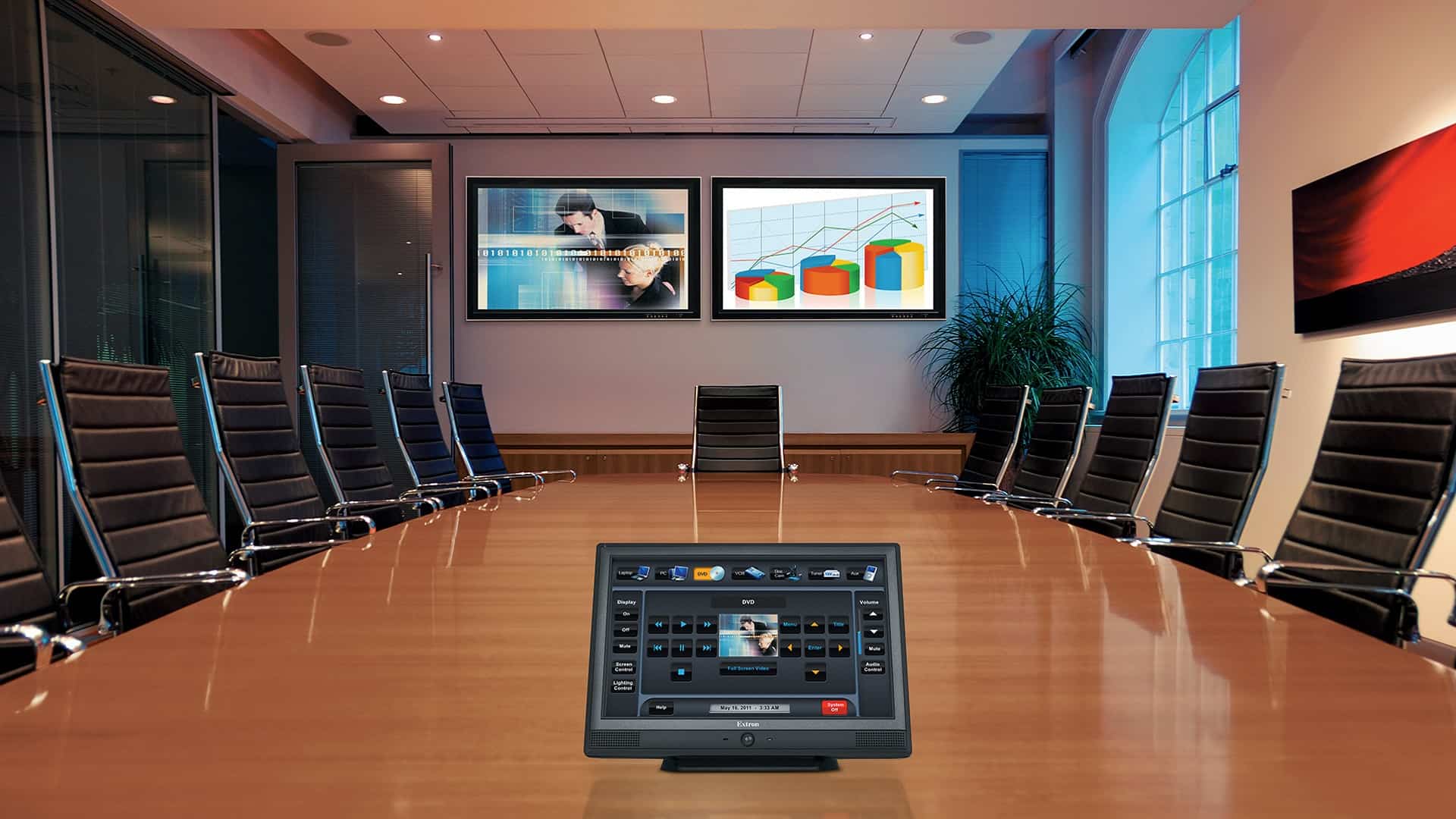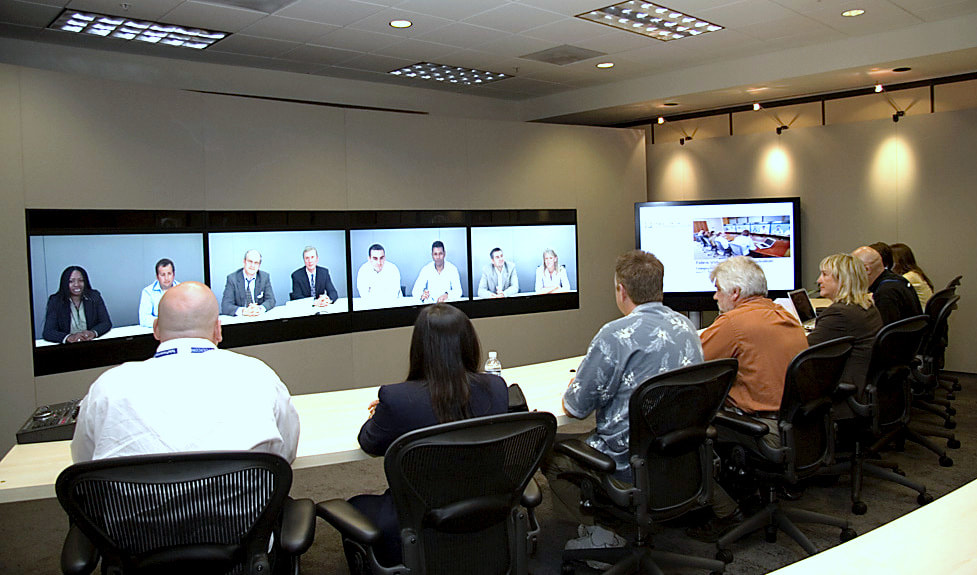Choosing the Right Business for Trusted AV Installation
Choosing the Right Business for Trusted AV Installation
Blog Article
Designing Dynamic Understanding Atmospheres With Advanced Sound Visual Solutions
In the swiftly developing landscape of education, the combination of advanced audio-visual systems stands as an essential development, transforming typical classrooms right into vibrant knowing environments. These advanced modern technologies not just facilitate interaction yet also satisfy various discovering designs via immersive experiences. With tools such as interactive screens and high-def projectors, instructors are equipped to improve interaction and cooperation. As we explore the potential of these systems, one need to take into consideration how they reshape pedagogical approaches and impact knowing end results. What does this mean for the future of education and learning, and how can organizations ideal take advantage of these developments?
Recognizing Advanced AV Solutions
In today's quickly developing academic landscape, advanced audiovisual (AV) systems have come to be indispensable to developing interesting and efficient learning settings. These systems incorporate a large range of technologies, consisting of interactive display screens, high-definition projectors, and sophisticated sound systems, all of which contribute to an extra immersive academic experience. By leveraging these innovations, educators can offer details in dynamic and varied formats, accommodating different learning needs and designs.
Comprehending the components and capacities of advanced AV systems is essential for instructors and administrators aiming to enhance their instructional settings. Interactive screens, as an example, allow real-time collaboration and comments, allowing trainees to involve more deeply with the web content. High-definition projectors make certain that visual products exist with quality, enhancing understanding and retention. Advanced audio systems supply clear audio, which is necessary for maintaining focus and making certain that all students can understand the product and listen to being offered.
Incorporating advanced AV systems needs not only an understanding of the modern technology itself but also tactical planning to line up these tools with academic goals. By attentively incorporating these systems, institutions can cultivate a setting that sustains cutting-edge training methodologies and enhances the overall educational experience for both students and teachers.
Enhancing Student Engagement
Everybody acknowledges that student interaction is an essential part of effective understanding end results. Involved students are more likely to absorb details, get involved actively, and develop crucial thinking abilities. Advanced audio-visual (AV) systems play a substantial function in promoting this engagement by developing interactive and immersive understanding atmospheres. These systems can transform traditional class right into dynamic settings where pupils are inspired to learn.
Top notch noise and aesthetic aspects help catch students' focus and enhance their understanding of intricate topics. Using huge displays with crisp images and clear sound can make lessons much more exciting and comprehensible. In addition, AV systems assist in varied teaching methods, such as collective jobs and multimedia discussions, which can satisfy various discovering designs and maintain trainees interested.
Furthermore, the consolidation of AV systems enables real-time comments and communication in between trainees and teachers. This immediacy can encourage active involvement, as pupils really feel more linked to the lesson and positive in sharing their thoughts. Thus, by integrating sophisticated AV modern technologies, universities can develop a stimulating environment that not only improves interaction however additionally sustains far better scholastic efficiency and student fulfillment.
Integrating Interactive Technologies
Although the assimilation of interactive modern technologies in instructional setups notes a substantial this post change from standard training approaches, its impact on student learning and engagement is profound. Interactive technologies, such as smart boards, electronic tablet computers, and digital fact applications, have actually redefined the class, transforming it into a dynamic space where students proactively take part in their understanding trip. These innovations promote collaboration, creativity, and crucial thinking, as pupils are urged to engage with digital content, perform simulations, and take part in analytic activities.
Using interactive technologies promotes real-time responses and evaluation, allowing instructors to customize direction to meet specific requirements. This immediacy in feedback boosts the discovering process, making it possible for trainees to comprehend concepts better and quickly address misunderstandings. Moreover, such innovations promote inclusivity by giving diverse students with several ways of engaging and accessing with web content.
Furthermore, these devices bridge the void in between theoretical knowledge and functional application, preparing trainees for a technology-driven globe. By producing immersive and interactive discovering experiences, educators are better outfitted to capture pupils' attention and endure their passion. As the educational landscape proceeds to evolve, the tactical her response combination of interactive technologies remains essential in fostering a appealing and efficient discovering setting.
Adjusting to Diverse Learning Styles
Tailoring educational approaches to accommodate diverse learning designs is crucial in cultivating a efficient and comprehensive classroom environment. Advanced audio visual systems give functional devices that can attend to the different preferences of learners.
Kinesthetic students prosper in atmospheres that permit hands-on interaction. Technologies such as digital fact (VIRTUAL REALITY) and enhanced reality (AR) supply immersive experiences that involve these learners by enabling them to adjust electronic items or explore digital atmospheres. Moreover, adaptive learning software can customize material shipment to individual learning choices, facilitating tailored education paths.
Implementing Joint Tools
In today's interconnected academic landscape, the assimilation of collective devices plays a pivotal function in boosting trainee involvement and facilitating team effort (AV Installation). These devices are necessary in creating dynamic understanding environments that promote communication, critical thinking, and analytical abilities amongst students. By leveraging sophisticated audio-visual systems, instructors can implement platforms that support real-time interaction, documents sharing, and joint project development, therefore motivating an extra energetic participation from learners

Incorporating joint devices within the class not just lines up with contemporary educational criteria yet likewise prepares trainees for the modern labor force where synergy and technological efficiency are highly valued (AV Installation). As establishments make every effort to create atmospheres that are both cutting-edge and inclusive, the tactical execution of these devices ends up being progressively vital, guaranteeing students are outfitted with the abilities required for future success

Verdict
High-def projectors, interactive displays, and advanced sound systems produce immersive settings that accommodate diverse understanding styles and assist in clear interaction. Collaborative devices enable seamless trainee cooperation, preparing learners for future challenges in a technology-driven world, therefore improving both comprehension and retention of expertise.
Every person acknowledges that student interaction is a crucial element of effective learning outcomes.Although the combination of interactive innovations in instructional setups marks a significant shift from standard training approaches, its influence on student knowing and interaction is profound. Interactive innovations, such as wise boards, electronic tablet computers, and digital fact applications, have actually redefined the class, changing it right into a vibrant room where pupils proactively get involved in their understanding trip. By developing immersive and interactive learning experiences, educators are better equipped see this to capture students' attention and sustain their interest. These tools are essential in creating dynamic learning settings that cultivate communication, important reasoning, and analytical skills among students.
Report this page